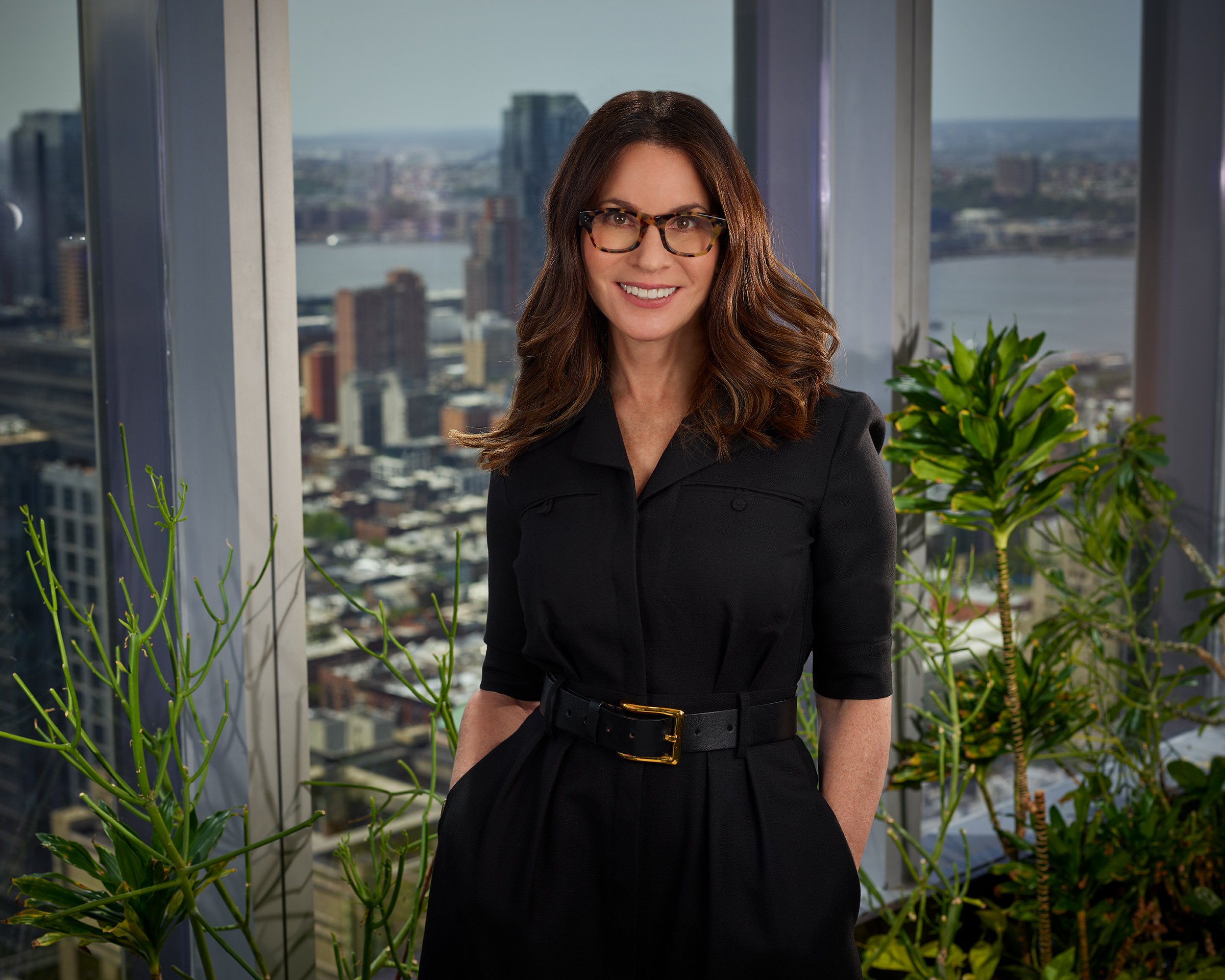Guess how long it takes to make a real friend?
According to a University of Kansas study, 200 hours!
But don’t worry; you can form a casual bond in a mere 40-60 hours.
And by connecting for periods as short as just 30 minutes—as long as it takes to play soccer, sing in a choir or cook a meal—a friendship can begin to develop.
But why bother? Why not spend that 30 minutes scrolling or catching up on email?
Because of all the things that have changed at work—where we work, when we work, how we work and why we work—one thing has stayed the same: the importance of having a best friend at work.
And according to a great piece called “Won’t You Be My (Work) Friend” just out from Korn Ferry, only two in ten people have a best friend at work, which is sad for people and bad for business. After all, “Culture is widely believed to drive one-third of corporate profits.”
Which is why, it’s smart for leaders to try to foster friendships among employees but, as the writers of the Korn Ferry report put it, doing so “couldn’t be more awkward.”
So what are some good ways to create an environment at work where people can make friends and build relationships without your overt meddling?
- Assign. Remember Julie McCoy from The Love Boat? Every workplace needs a designated connections curator to help make it less awkward for everyone else. Donald Knight, Chief People Officer at Greenhouse “wanted to be very intentional about prioritizing how to bring people together, so [they] built an employee experience team.” And part of that means intentionally hiring someone to be a connection curator.
- Invest. There’s no such thing as a free lunch date with a new friend. That’s why Allstate created a “connections budget” for mid- and senior-level leaders last year. Leaders could spend the money however they wanted, provided it gave them the chance to bond with their teams in a way that drove “connection, engagement, business outcomes,” according to Allstate Workplace Futurist, Lauren DeYoung.
- Measure. You can’t improve what you don’t measure. At Allstate, the connections budget led to a “3,300 different ‘activations,’ i.e., teams coming together virtually or in-person.” Which led to 91% of Allstate employees with good things to say about the events, and a highly engaged workforce of 84%. Your numbers might not look like this, but you should measure the effect of your programs nonetheless.
Creating community at work is always a challenge, and the hybrid revolution makes it especially tricky.
4/23/24

